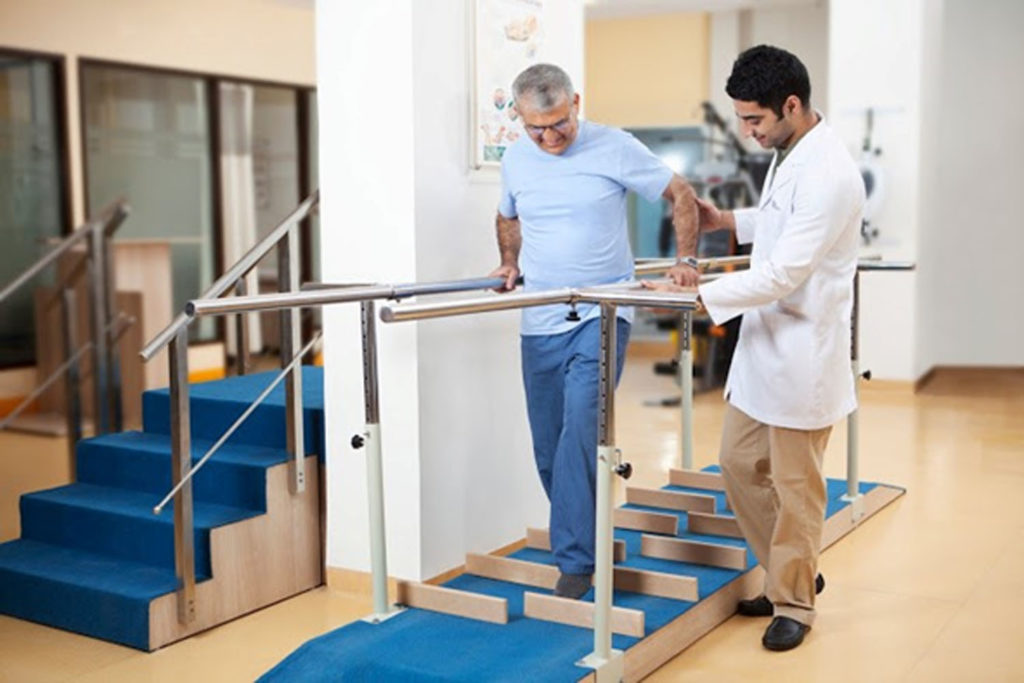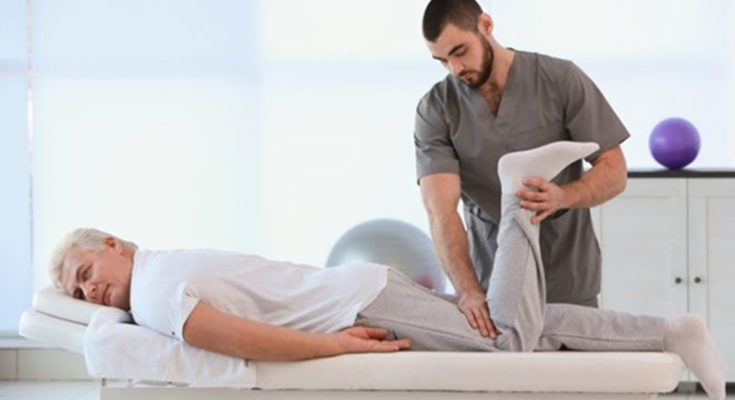Proper physical therapy can minimize the side effects of taking drugs. Patients can get it at a hospital that has a physiotherapy clinic, of course with a doctor’s referral who understands the patient’s health condition.
There are so many forms of treatment that can be given to patients, including children. One of them is physical therapy called physiotherapy. Its role is to improve motor function due to the disruption of the muscles and skeletal bodies after fractures, as well as postoperative bone.
Physiotherapy is also given to sufferers of diseases related to nerves, for example, diseases that cause wrong road patterns and weak muscles, sufferers with disorders of the peripheral nerves, inflammation of the lining of the brain, blocked tubes in the brain, and others.
No less important, before recommending physiotherapy, doctors must first know the birth history and clinical records. The therapist should work closely with the doctor involved. If you already know the background of the disease, then visit physio clinic Kellyville to do physiotherapy. Rouse Hill Physio is one of Kellyville’s physio clinics that uses the latest physiotherapy techniques, for more information, you can visit the site https://rousehillphysio.com.au/
TYPES OF PHYSIOTHERAPY
1. Exercise Therapy
This therapy is intended to restore function while providing reinforcement and maintenance of motion so that it can return to normal. The child will be given exercises to hold and move their arms and legs. Once able, it will be continued with mobilization exercises, starting with standing, walking, jogging, and so on.
In the case of a broken leg, for example, physiotherapy will be done gradually, when the child has to step slightly until it can fully tread.
The exercises given aim to maintain the strength of the muscles and functional abilities by maintaining the joints so that it won’t become stiff. This needs to be done because a broken leg fitted with a cast will generally experience muscle wasting and strength decreases. Through therapy, decreased function can be trained.

2. Heating Therapy
As the name implies, this therapy utilizes the power of heat that is usually used in skin, muscle, and other internal body tissue disorders. Its use is of course adjusted to the level of complaint. If it only reaches the skin, then the heating is only intended for the skin only by using Infra-Red Radiation (IRR). If interference occurs in the muscles, use a micro diathermy. Meanwhile, if disturbances appear in the deepest parts of the body, then the short wave diathermy is used. In essence, the type of therapy performed will be adjusted to the results of the diagnosis.
Warm-up therapy is usually given together with other types of therapy. As in inhalation therapy for children with mucus problems in the airways; in muscle and joint pain. When combined with other forms of treatment, it is certainly more beneficial because the dose of drugs that children must take becomes smaller to minimize their negative effects.
3. Electrical Stimulations Therapy
Therapy that uses a small electric current is suitable for children who suffer from muscle weakness due to fractures or nerve damage to the muscles. How to use it is by attaching electricity to the muscles that experienced pain. This therapy aims to maintain muscle mass and indirectly stimulate nerve regeneration.
In pediatric patients who suffer from respiratory disorders, this therapy can also be used for treatment. Blood circulation in the chest cavity and respiratory tract will become smoother. It can help relaxation and help remove mucus from the respiratory tract so that it will speed up the healing process.





